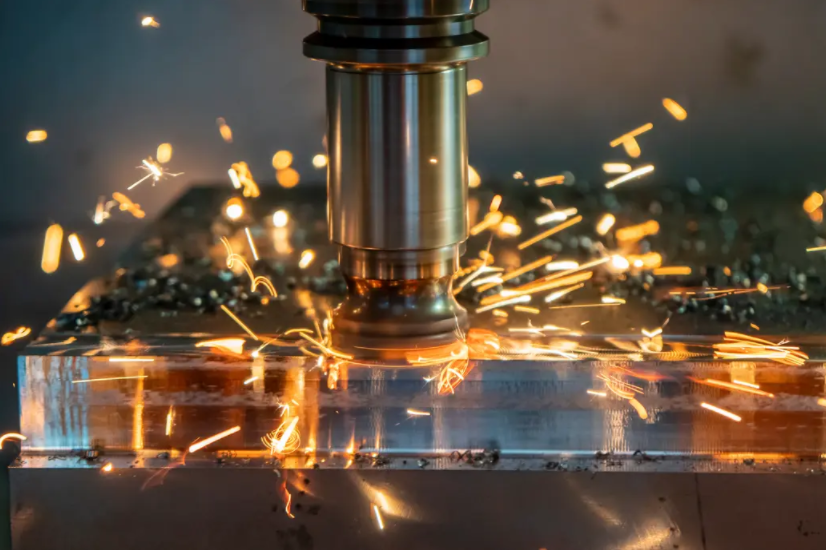Pressure die casting is a widely used process in the manufacturing industry for producing high volume, complex parts with consistent quality. The process involves injecting molten metal under high pressure into a die cavity, which is then cooled to produce a solidified part. One of the critical factors that determine the success of the process is the quality of the coat applied to the die.
The coat is a thin layer of material applied to the surface of the die to prevent the molten metal from sticking to it and to facilitate the ejection of the part after solidification. It acts as a barrier between the metal and the die, preventing the formation of defects such as porosity, shrinkage, and surface irregularities.
Several factors determine the effectiveness of the coat in pressure die casting, including its composition, thickness, and application method. Let us look at each of these factors in detail.
Composition
The composition of the coat determines its ability to resist high temperatures, prevent oxidation, and provide a smooth surface finish. Coats can be made from a variety of materials, including graphite, ceramics, and refractory metals.
Graphite coats are popular due to their ability to provide a high-quality surface finish and their excellent thermal conductivity. Ceramic coats, on the other hand, are preferred for their ability to withstand high temperatures and their resistance to oxidation. Refractory metal coats are used for their superior wear resistance and ability to withstand high pressures.
Thickness
The thickness of the coat is critical as it determines the amount of protection it provides to the die surface. A coat that is too thin will not provide sufficient protection, while a coat that is too thick will interfere with the flow of molten metal and can cause defects.
The thickness of the coat should be determined based on the specific requirements of the part being produced. A general rule of thumb is to apply a coat that is 0.002 to 0.005 inches thick.

Application method
The method used to apply the coat to the die surface is essential as it determines the quality and consistency of the coat. The two main methods used to apply the coat are spraying and brushing.
Spraying involves using a spray gun to apply a thin, even layer of coat to the die surface. This method is preferred as it provides a more consistent and uniform coat, and it is faster than brushing.
Brushing involves using a brush to apply the coat to the die surface. While this method is slower than spraying, it allows for more precise application of the coat, and it is less likely to cause overspray.
In conclusion, the quality of the coat applied to the die surface is critical for effective pressure die casting. A high-quality coat should be composed of materials that can withstand high temperatures and resist oxidation, applied to the appropriate thickness, and using a method that ensures consistent and uniform coverage. By paying attention to these factors, manufacturers can produce high-quality, consistent parts with minimal defects.
-

- Popular Children’s Sports Bicycle High Quality Children’s Balance Bike Children’s Bicycle
-

- parts&comopnents for bicycle suspension fork for MTB
-

- OEM ڈائی کاسٹنگ کارخانہ دار میگنیشیم الائے آٹو ڈیش بورڈ تیار کرتا ہے۔
-

- Mangensium الائے ڈائی کاسٹنگ Thixomolding ہیلمیٹ
-

- High precision magnesium alloy die casting parts for automotive ignition lock
-

- CNC machining auto dashboard bracket

 0086-750-5616188
0086-750-5616188 +86 13392089688
+86 13392089688 sales@zhongmei-tech.com
sales@zhongmei-tech.com







